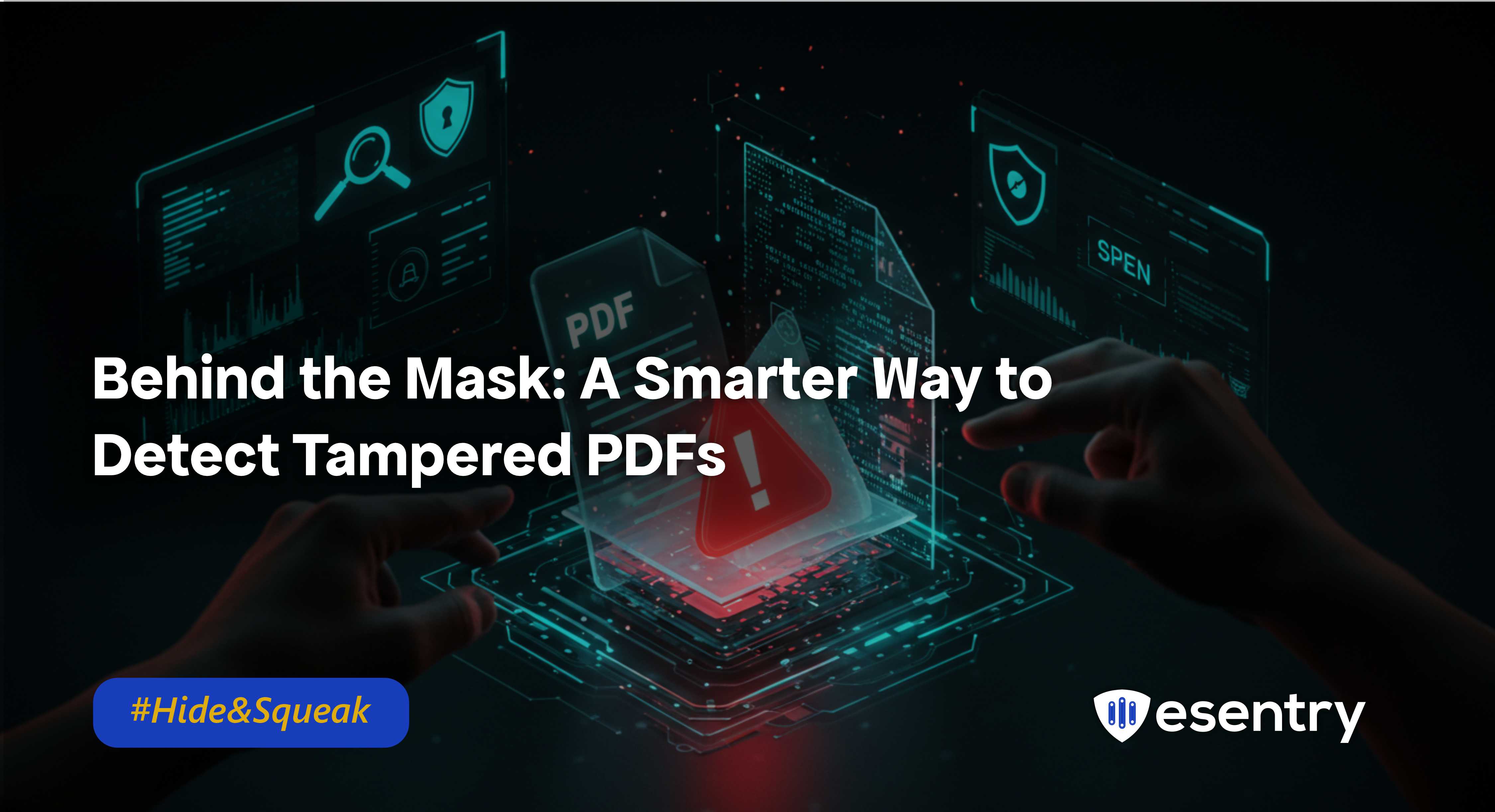PDFs are everywhere from government forms and court documents to invoices, diplomas, and signed contracts. We trust them because they look final. But that trust isbeing exploited. Despite their wide spread use, PDFs are incredibly complex under the hood. That complexity originally meant to support features like layers, forms, images, annotations, and scripts has also made them a hotbed for tampering.
Here’s the challenge:
· A PDF can be visuallyunchanged, but have altered text, swapped images, or injected malicious code hidden beneath.
· Attackers can exploit non-visible layers or use incremental updates to add changes without invalidating the document.
· Even signed PDFs can be tricked using techniques like shadow attacks or dual-format files where the file looks innocent but contains a malicious hidden version.
What’s New: Object-Level PDF Integrity Using Merkle Trees
A team of cybersecurity researchers came up with a smarter way to check if a PDF has beenaltered even if the change is hidden deep inside the file.
Their solution looks inside the structure of the PDF, breaking it into parts (liketext, images, annotations, digital signatures, and hidden data), and check seach part for changes using Merkle trees a cryptographic method trusted in blockchain and cybersecurity. This allows any change, no matter how small orhidden, to be detected instantly and accurately.
How It Works
- Imagine a PDF as a layered cake text, images, digital settings, and hidden data.
- This system checks the integrity of each layer not just what you see, but what you don’t.
- It creates a unique fingerprint for each part of the document and assembles them into a secure structure.
- If someone alters any part, even just a comma or an image the fingerprint changes, and the document fails the check.
Benefit of this new technique
· It works on new PDFs or thosesaved incrementally (a common way edits are hidden).
· It detects tampering of visibleand invisible content.
· It gives you confidence in what you're reading.
Why This Is Important
For business leaders, legal teams, and compliance officers:
- Contracts, reports, invoices, and certifications are now often sent as PDFs.
- If tampered, the impact could mean fraud, legal disputes, or data breaches.
- This technique provides proof of integrity ensuring what was sent is what was received.
For cybersecurity professionals and analysts:
- It supports forensic-level validation.
- Can be integrated into document pipelines for automated checking.
- Detects even advanced manipulation like image substitution or metadata fraud.
Current Limits
- Doesn’t yet detect the most advanced attacks (e.g. polymorphic files, shadow documents).
- Fine-tuning is needed to isolate exactly which part was changed.
- Still a prototype not yet optimized for mass enterprise-scale document loads.
What’s Next
· Could be combined with digitalsignature validation for stronger PDF authentication.
· Useful for industries likefinance, legal, government, and education where document integrity is critical.
· Opens the door for industrystandards in document-level tamper detection.



.jpeg)
.jpeg)
.jpeg)


.png)
.png)